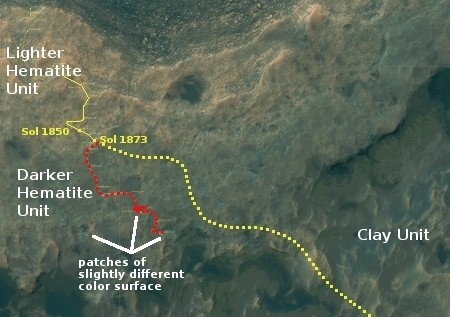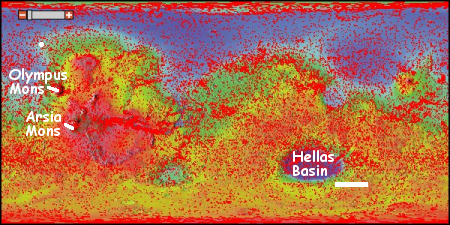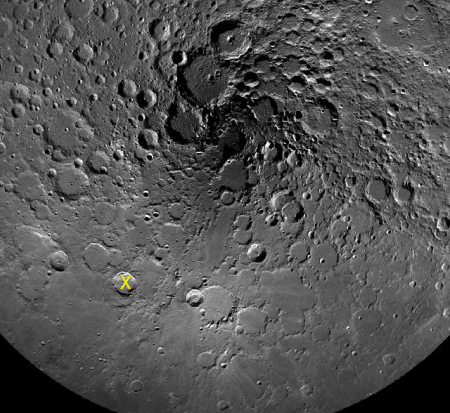ULA takes over Atlas 5 commercial marketing from Lockheed Martin
Capitalism in space: ULA has now taken over the marketing of Atlas 5 commercial launches from Lockheed Martin.
I was actually surprised when I saw this story today. I had assumed that with the merger of the launch divisions of Boeing and Lockheed Martin into the ULA joint venture in 2005 ULA had been handling this marketing already. This announcement reveals that this merger had apparently only shifted the government Atlas 5 launches to ULA’s control, and only now has the rocket’s entire business been handed to ULA.
I wonder what political in-fighting was required by ULA’s CEO Tory Bruno to get this to happen.
Capitalism in space: ULA has now taken over the marketing of Atlas 5 commercial launches from Lockheed Martin.
I was actually surprised when I saw this story today. I had assumed that with the merger of the launch divisions of Boeing and Lockheed Martin into the ULA joint venture in 2005 ULA had been handling this marketing already. This announcement reveals that this merger had apparently only shifted the government Atlas 5 launches to ULA’s control, and only now has the rocket’s entire business been handed to ULA.
I wonder what political in-fighting was required by ULA’s CEO Tory Bruno to get this to happen.



